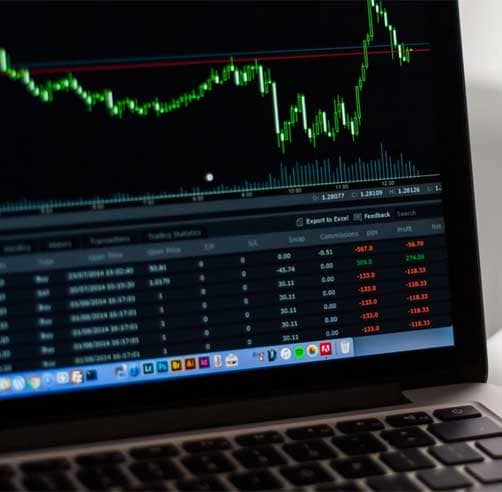Economic Outlook - August 2023
- The U.S. gross domestic product (GDP) grew at a 2.4% annual rate, after inflation, in the second quarter, beating estimates and topping first quarter’s upwardly revised 2%. Private domestic sales – which strips out components including inventories, trade, and government spending – increased at a 2.3% annual rate, the best since the fourth quarter of 2021. The print will make the job of the Federal Reserve, to reduce inflation, more difficult and suggests additional rate increases are in store or, at the minimum, current rates remain higher for longer. The GDPNow model estimate for real GDP in the third quarter of 2023 is 3.9%, up from 3.5% at the end of July, suggesting an accelerating economy. We think third quarter GDP will be positive but somewhat lower, closer to 2%.
- The Federal Reserve increased its target interest rate 0.25% to a target range of 5.25% – 5.5% after no increase at its prior meeting. The increase was widely anticipated and had little impact on markets. At Chair Powell’s press conference, he stressed that the central bank was seeking proof that inflation was “durably down” and that policy makers would take a “meeting by meeting approach” toward interest rates. The base case now is for another skip at the September Fed meeting and even odds for one more rate hike this year. Fed watchers now shift their attention to the August 24-26 Jackson Hole Symposium at which Fed monetary policy shifts are often signaled.
- The U.S. Bureau of Labor Statistics reported total nonfarm payroll employment rose by 187,000 in July, less than the average monthly gain of 312,000 over the prior twelve months. May and June payroll employment was revised down by a combined 49,000. The unemployment rate fell slightly to 3.5%. The labor force participation rate remained at 62.6%. In July, the average hourly earnings for all employees on private nonfarm payrolls rose a greater than expected 0.4%. On a year over year basis, average hourly earnings rose 4.4%. The jobs report is a mixed bag for the Fed with total employment gains lower than expected but wage growth more than expected but nothing to suggest a September rate hike.
- The Fed’s Senior Loan Officer Opinion Survey on Bank Lending Practices (SLOOS) July release, which was conducted in the second half of June, showed that bank credit conditions have tightened further for commercial and industrial (C&I) loans and mortgages and for small and large firms, but only modestly. The SLOOS confirms that the bank stress experienced earlier this year has not led to a credit-crunch event but has likely contributed to overall tightening which can assist the Fed in slowing down the economy.
- Economic activity in the manufacturing sector contracted in July for the ninth consecutive month according to the Institute For Supply Management’s latest Report on Business. The Manufacturing PMI of 46.4 (below 50 indicates contraction) was slightly higher than the June reading of 46. Economists predicting recession point to weak PMIs among other data.
Source: Bloomberg, FactSet, U.S. Government, Dow Jones, Conference Board, Federal Reserve
Disclosure: This commentary reflects the opinions of Welch & Forbes based on information that we believe to be reliable. It is intended for informational purposes only, and not to suggest any specific performance or results, nor should it be considered investment, financial, tax or other professional advice. It is not an offer or solicitation.
For more information, call 617-557-9800, or email info@welchforbes.com.

